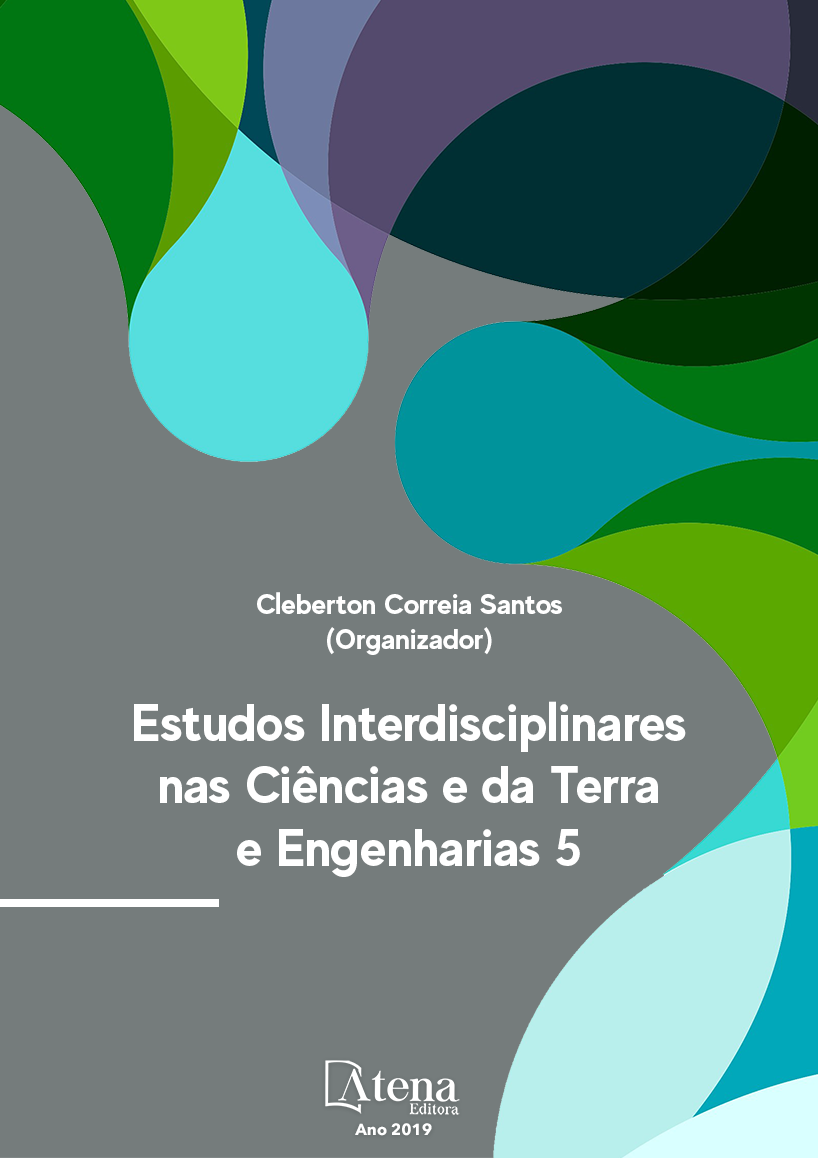
IDENTIFICAÇÃO DE DANOS ESTRUTURAIS USANDO REDES NEURAIS ARTIFICIAIS BASEADA EM UM MODELO DE DANO CONTÍNUO
Danos estruturais, além de
comprometer o desempenho da estrutura,
ainda podem colocar vidas humanas em risco
e causar grandes prejuízos financeiros. O
monitoramento contínuo da mesma visa que
danos em estágio inicial sejam identificados,
aumentando a confiabilidade e a segurança
daqueles que a utilizam. Neste trabalho,
utiliza-se um modelo de identificação de danos
baseado na matriz de flexibilidade estrutural
onde o campo de danos para a viga de Euler-
Bernoulli simplesmente apoiada é descrito via
Método dos Elementos Finitos (Stutz, 2005).
Apresenta-se uma revisão do desempenho dos
modelos de localização de danos analisados
por Corrêa (2013) e apresentam-se resultados
da utilização de redes neurais artificiais (RNA)
para lidar com o problema de identificar danos
quando dados incompletos são utilizados e
quando há presença de sinais corrompidos por
ruído.
IDENTIFICAÇÃO DE DANOS ESTRUTURAIS USANDO REDES NEURAIS ARTIFICIAIS BASEADA EM UM MODELO DE DANO CONTÍNUO
-
DOI: 10.22533/at.ed.23219110924
-
Palavras-chave: Identificação de Danos, Matriz de Flexibilidade, Dados Ruidosos, Rede Neural Artificial.
-
Keywords: Damage Identification, Flexibility Matrix, Noise Data, Artificial Neural Network
-
Abstract:
Structural damage, as well as
compromising the performance of the structure,
can still put lives at risk and cause major financial
losses. The continuous monitoring of the
same aims that damage in the initial stage are
identified, increasing the reliability and security
of those who use it. In this study, it uses a model
of identification of damage based on the matrix
of structural flexibility where the field of damage
to Euler-Bernoulli beam simply supported is
described via the Finite Element Method (Stutz,
2005). It presents a review of the performance
of the models of location of damage analyzed by
Corrêa (2013) and presents results of the use of
artificial neural networks (ANN) to deal with the
problem of identifying damage when incomplete
data are used and when there is presence of
signals corrupted by noise.
-
Número de páginas: 15
- Cleber de Almeida Corrêa Junior
- Jorge Luiz Pereira
- Rosilene Abreu Portella Corrêa


